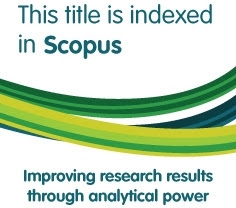Regulating Religion in Southeast Asia and the Pacific
Abstract
Southeast Asia is one of the most diverse regions, with hundreds of ethnic groups, various religious beliefs and denominations, and different spoken languages and dialects. These different backgrounds pose serious challenges for the governments in Southeast Asia, not only on how they should manage those diversities in building the nation but also in ensuring a harmonious life. Many believe that cultural and racial diversities have the potential to create tension and conflict in the community. Thus, government and public officials have the responsibility to ensure that societies with different backgrounds embrace a sense of unity so that everyone shares their pride and attachment to their community and the nation. In sum, this is one of the main arguments why regulation (including in terms of religious life) is important. Hence, regulating religion is the most visible manifestation of the state–religion relationship, particularly in a state where religion dominates the political domain and plays an important role in legal and social systems.
Full Text:
PDFDOI: https://doi.org/10.15408/sdi.v19i3.360
Refbacks
- There are currently no refbacks.

All publication by Studia Islamika are licensed under a Creative Commons Attribution-NonCommercial 4.0 International License.
Studia Islamika, ISSN: 0215-0492, e-ISSN: 2355-6145
View My Stats
